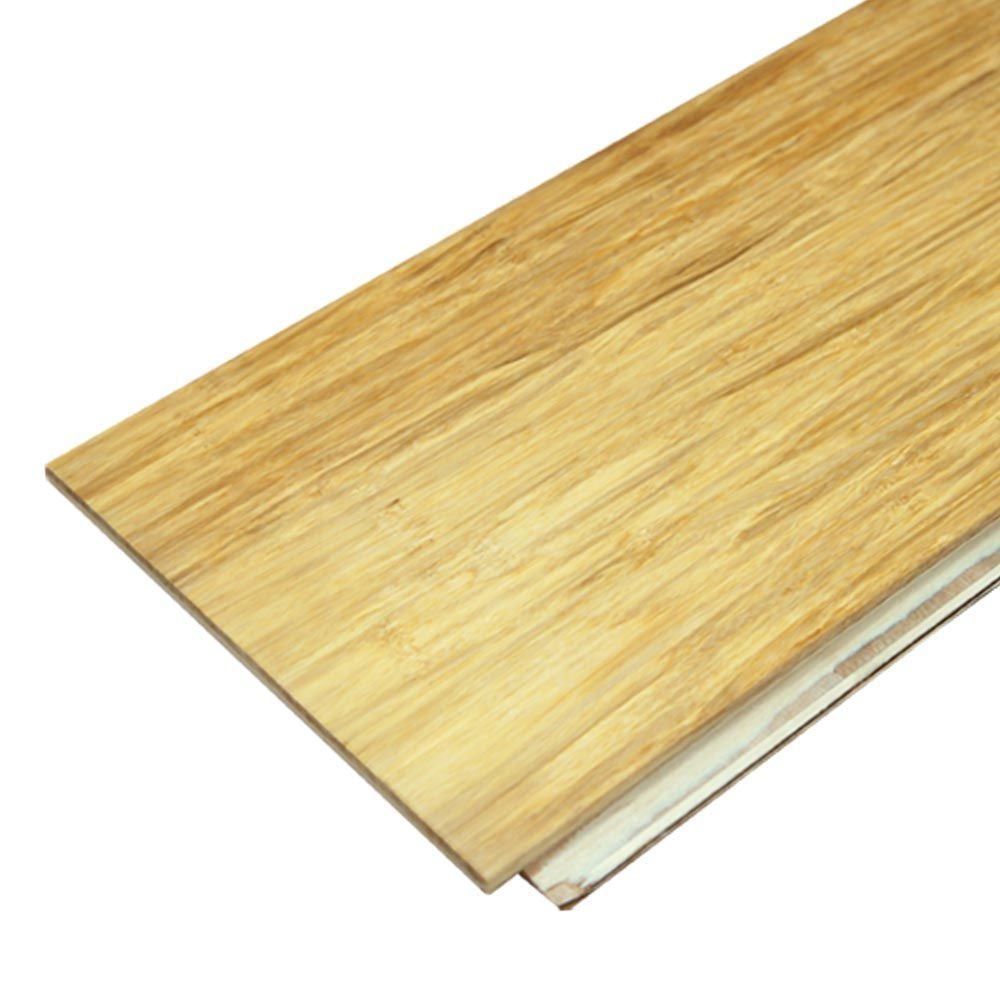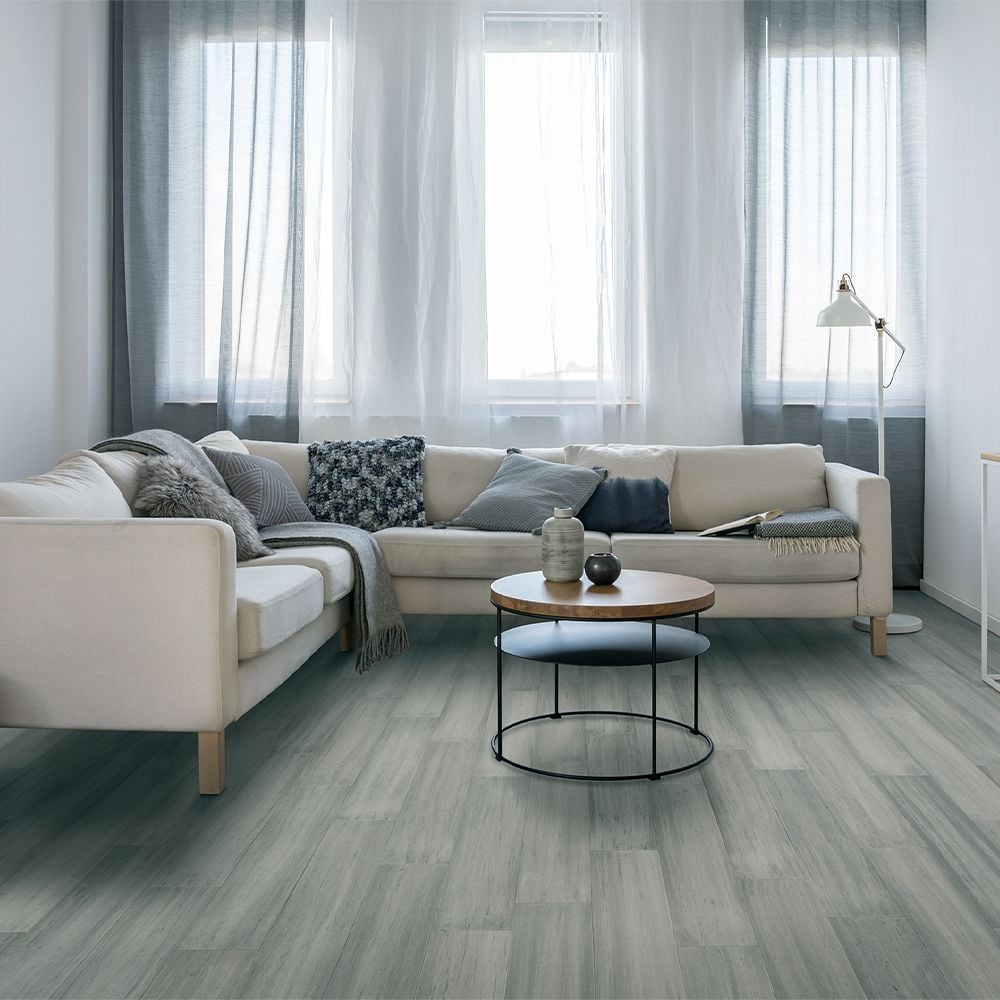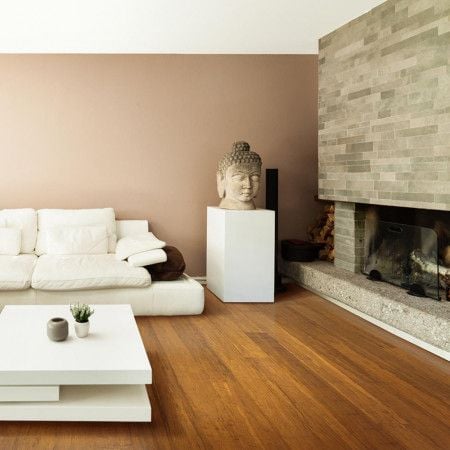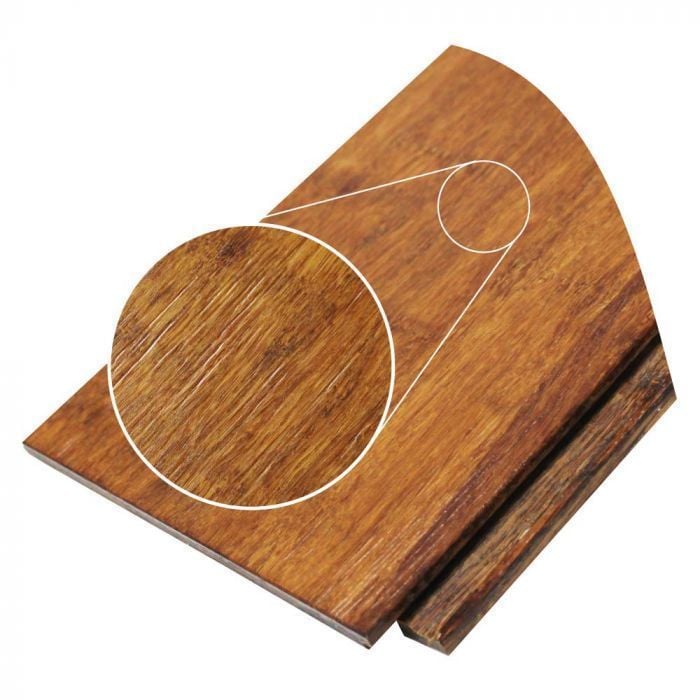If you want to install bamboo flooring over underfloor heating there are some important things you will need to know:
1. Make sure you choose bamboo flooring that is compatible with underfloor heating?
Most types of bamboo flooring can be used with underfloor heating. It is always best to check with the manufacturer first. You can use any of our click fitting strand woven bamboo or our parquet block bamboo flooring. These particular floors have been tested thoroughly and have proven that they are compatible with underfloor heating systems. They are stable and durable and can withstand the regular changes in temperature that will occur with underfloor heating. Why not have a look at all of our underfloor heating compatible bamboo flooring.
2. Prepare your room properly before installing bamboo flooring over underfloor heating
You will need to make sure that your underfloor heating system is fully installed and working before you fit your bamboo flooring. Always check the manufacturers guidelines when first using your underfloor heating. Your underfloor heating should be running for at least 7 days prior to fitting the bamboo. Once you have done this, you will need to make sure any screed is dry. This will need to be checked properly using a concrete moisture meter. The moisture content should be below 6% MC before you install your bamboo flooring. Preparing your subfloor is a really important part of the process. You need to make sure that the existing floor is flat, level, dry and clean. If your subfloor is not properly checked and prepared, it can cause damage to your bamboo floor once it has been installed. For more detailed information, please either read the instructions that will come with your bamboo flooring, or have a look at the following: Preparing your subfloor for bamboo flooring. Another important thing to remember is that the bamboo flooring needs to be heated evenly. Your whole room or area will need to have underfloor heating to allow the bamboo to expand and contract at the same rate. Otherwise you have the risk of damaging the bamboo. There is an exception to this. If your property has different ‘zones’ that are using the same flooring, but not all using underfloor heating. In this example, you will need to leave expansion gaps between the ‘zones’ to let the bamboo respond to the different temperatures independently. Any expansion gaps can easily be covered over with bamboo flooring accessories.
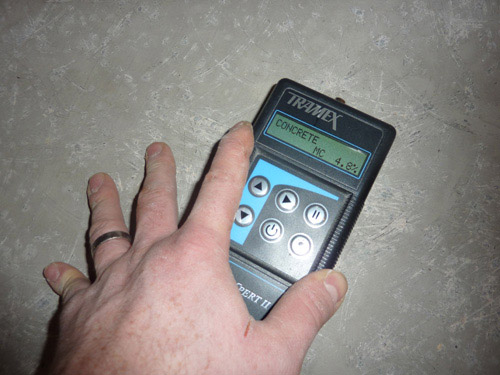
3. How to install bamboo flooring over underfloor heating
Firstly you will need to make sure that the underfloor heating system is turned off. You must always leave an expansion gap around the edge of the room when installing any type of bamboo flooring. If you are gluing your bamboo flooring down then you will need to use flexible flooring adhesive and make sure there is a full surface bond with the subfloor. You simply trowel the adhesive onto the subfloor (a section at a time) and then click the planks of flooring together on top. If you are floating your bamboo flooring you will need to use a special underlay designed for underfloor heating. This will allow the correct transfer of heat through to your floor. To install the bamboo, simply click the planks of flooring together over the underlay. No glue is required. If you are using parquet block bamboo flooring, which has a tongue and groove profile, you must glue it to the subfloor. You will also need to use a WPVA glue to fix the tongues and grooves together. Never use any nails or screws for installation of bamboo flooring over an underfloor heating system. They may puncture the pipes. Full and detailed installation instructions come with all of our bamboo flooring, but if you would like any further advice, please contact us.
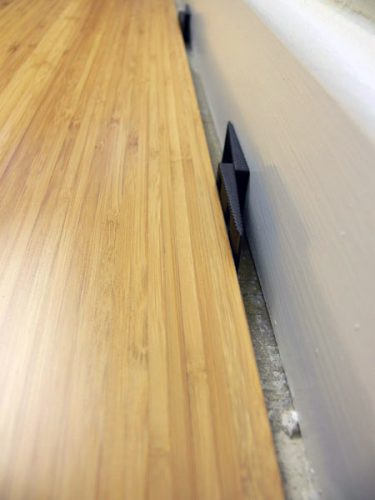
4. Things to remember after installing your bamboo flooring over underfloor heating
After your bamboo flooring has been installed you will be keen to use the under floor heating. You should acclimatise the bamboo flooring to the changes in temperature slowly. Increase the temperature by 2ºC per day until the maximum temperature of 26ºC has been reached. Please remember that the surface temperature of the bamboo should not exceed 26ºC. You can use a thermostat to easily control the temperature.
5. Top tips for installing bamboo over underfloor heating
• Always use a professional to fit your heating system.
• The whole room should have underfloor hating, not just part of it.
• Prepare your subfloor properly and remember to check moisture levels before installing your bamboo.
• Read the underfloor heating guidelines.
• Read the bamboo flooring instructions.
• Turn off your underfloor heating before installing your floor.
• If you are floating your bamboo, make sure you have the correct underlay.
• Always leave an expansion gap around the edge of the room.
• Do not use nails or screws during installation.
• Remember that the surface temperature of the bamboo should not exceed 26ºC.

